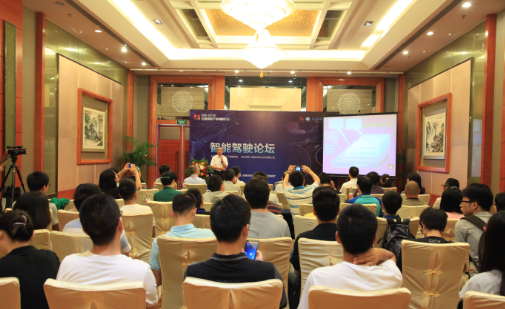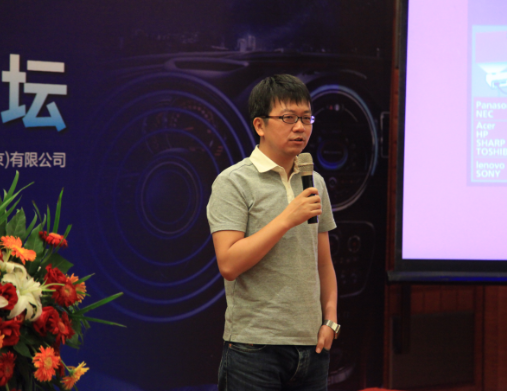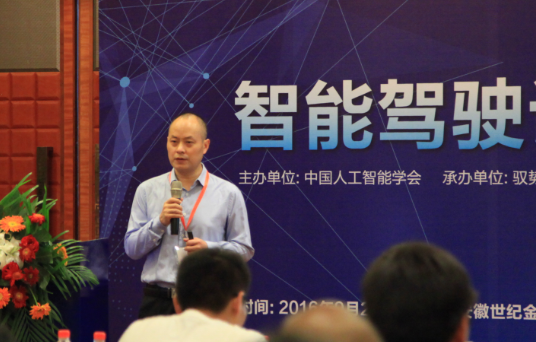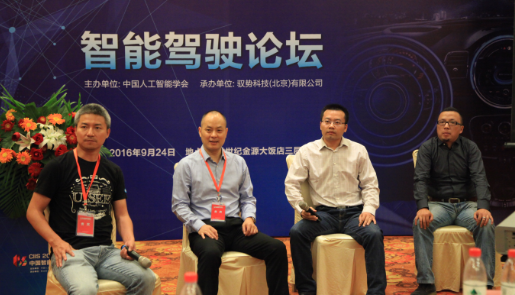Commemorating the 60th Anniversary of Artificial Intelligence
On the morning of September 24, 2016, the sixth China Intelligent Industry Summit -- Intelligent Driving Forum was held, which was sponsored by CAAI and undertaken by UISEE. The scene invited heavyweight guests including Li deyi, academician of the Chinese Academy of Engineering, to participate in the forum, in-depth analysis of the topic of industrial upgrading and social innovation, interpretation of the current development of intelligent driving.

In recent years, autonomous driving has gradually entered the public eye, and people are full of curiosity about this new driving mode. Although the current technology is still not very mature, it has attracted much attention. In the past two years, some Internet giants have begun to join the ranks of autonomous driving, constantly seeking breakthroughs in intelligent driving.
The transforming force of industrial upgrading and social innovation
Li Deyi, a member of the Chinese Academy of Engineering and the Eurasian Academy of Sciences and an expert in command automation and artificial intelligence, was the first to publish his research report on the field of driverless research. He made clear that with the deepening of artificial intelligence, ADAS (advanced driving assistance systems) have entered a boom period and undergone a transformation. The core of the transformation will focus on the driving brain. He believes that the "driving brain" with deep learning mechanism will be the core of unmanned driving, and this will be the final form of intelligent driving.

Academician Li's authoritative interpretation made the participants realize that "driving brain" will be a history of subversion and rewriting of automobile driving. In the following speech, Wu Gansha, founder and CEO of UISEE, which focuses on autonomous driving technology, summarized the development of automobile technology in the Internet era and drew a blueprint for intelligent driving, especially unmanned driving, from 2020 to 2025. He also detailed the vision for autonomous and driverless vehicles and the technical preparations needed. To this end, he proposed a total of six technical preparation and four cognitive stages.

The six technical preparations include positioning, guiding positioning of visual markers, application of lidar, Internet of vehicles, method group for testing and verification, and miniaturization, high efficiency and high reliability of hardware structure. The four cognitive stages include identifying the world model, getting comfortable driving experience, learning from experience, and predicting motivation, judging behavior and judging distance. From the perspective of methodology, Wu Gansha explained how to realize intelligent driving under the packaging of artificial intelligence.

Next, Mr. Shen Haiyin, CEO of SINGULATO, analyzed the current status of the popular tesla self-driving car from a specific perspective, especially the analysis of the self-driving accident of public concern. He believes that there is indeed a price to be paid for moving forward, and that this price will give a very strong impetus to our technological progress. He proposed that unmanned driving should start with hardware, expanded the interpretation of the driving brain by academician Li Deyi, and deepened the understanding of the function of the driving brain for the participants.

Subsequently, Tang Jinsong, director of business development in Asia at Quanergy Systems Inc., expressed his views on the future development of lidar from a new perspective. He proposed the importance of lidar in the application of artificial intelligence technology and the application status of the lidar. Finally, the fusion of lidar and vehicle body in technology and physical structure is expressed, and the idea of industrialization in China in the future is expressed.

As we all know, the accuracy of maps affects the quality of intelligent driving. The last speaker of the meeting, Wang Tao, product research and development manager of Autonavi, gave a speech on "How to Help Autonomous Driving with High Precision Map". In his opinion, high-precision map is actually a cloud service for autonomous driving, which analyzes users' behavior files through the vehicle side, collects information, builds a map layer, and finally provides mapping services, update services, weather, lane-level and high-precision map positioning services based on high-precision map.

At the end of the meeting, there were also questions answering sessions about high-precision maps and lidar, and a final summary was made based on the interpretation of the three future problems and obstacles of intelligent driving technology, market and policy, which enriched the theme of the meeting.
A journey of a thousand miles begins with a single step.
All in all, the major changes in the future automobile driving or autonomous driving will be made possible by artificial intelligence. As the aspect of future artificial intelligence technology that may most affect our daily life, this intelligent driving score BBS enables us to appreciate the front-end technology of intelligent driving under the current artificial intelligence and feel the infinite prospect of intelligent driving. "In time, heaven and earth are the same force, transported to the hero is not free. For those who are interested in artificial intelligence and future automobile development, this is undoubtedly a feast of academia, technology and automobile industry.
- Government
- Association




